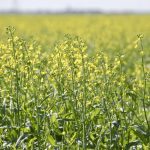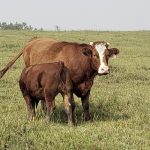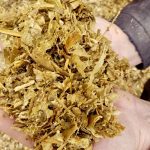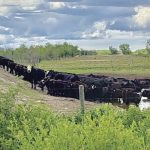
Providing proper mineral mix the first step to meet cattle nutrient needs
It's one thing to put it out there, but another to make sure they eat it

Canola meal makes milk on Canadian dairy farms
Dairy Corner: It’s readily available and priced better than some other proteins

Minerals take centre stage in winter ration for beef cows
Prepare a well-balanced blend and make sure they eat it

Impact of heat stress in dairy cows can last for months
Dairy Corner: A few hot days in summer can have a significant impact on reproduction and milk production

Start planning a proper winter ration now for your cattle
Feed requirements are fairly low in fall, but it's not the time cut corners on nutrition

Economics of backgrounding didn’t pencil out
With high feed costs, this example of adding 300 pounds over winter was a losing proposition

Balancing variable corn silage quality to a ration
Dairy Corner: Always recommended to start with a feed analysis to know what you have

Delivering a knockout punch to pinkeye
There are several tools that help reduce the risk of disease outbreak

Keep foot rot locked out of the breeding season
Manage high-risk conditions and be prepared to treat as needed

Creep feeding shows a profit in 2023
It may be well worth your while to get an extra 60 pounds of gain on this year’s calves


